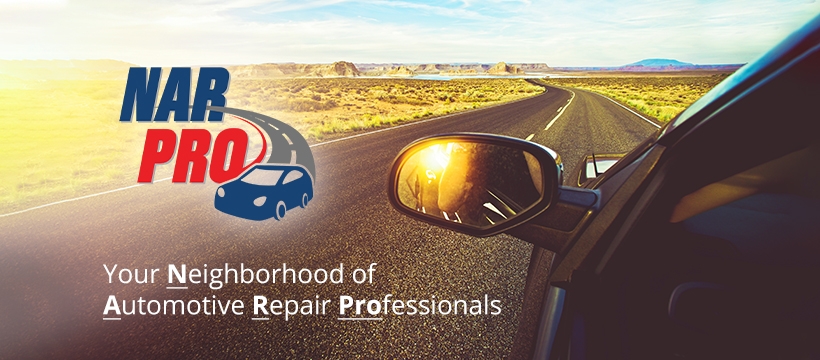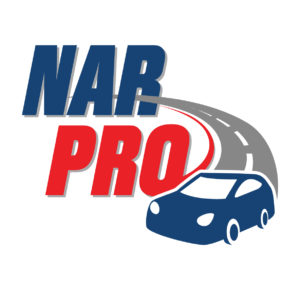
Summer Car Care Tips
Many people look forward to summer and all that warmer weather has to bring – barbeques, pool parties, gardening, and road trips! Summer here in Arizona, however, can see temperatures rise over the 100-degree mark, making it especially important to be prepared to handle the heat.
While you’re stocking up on shorts and tank tops for yourself, don’t forget that the heat affects your vehicle too! In fact, it’s probably going to need a little extra care this time of year to make sure it’s summer-ready. Use this checklist to make sure your car is ready for warmer weather BEFORE you head out on your first road trip.
Summer Weather Checklist
Air Conditioning
Having a properly functioning AC system won’t prevent you from breaking down on the road, but it WILL keep you more comfortable during a breakdown or just during summer driving. AC service, which includes visual inspection of the system’s pressure, temperature, belt tension, and air volume, should be performed annually.
Just because you’re A/C system isn’t working well, or stops working altogether, doesn’t mean we cannot help. One of our recommended repair shops can help quickly and efficiently! Stay cool and let’s get your air conditioning system working properly.
All of our NARPRO Shops will perform a FREE AC Check on your vehicle. To learn more click here!
Car Battery
While batteries can fail at any time, extreme temperatures can make them die sooner. Heat can evaporate battery fluid, causing it to malfunction or not work at all. Battery service by a qualified technician is recommended to detect potential problems before they leave you stranded.
What happens to your battery in the heat?
Basically, the main things you need to know are, excessive heat can actually accelerate the battery’s chemical operation, causing battery fluid to evaporate. Second, loss of battery fluid can permanently damage the internal structure of the battery, as well as irreversible corrosion damage.
What does a failing battery look like?
If a trusted repair shop like a NARPRO has not checked the power or condition of your current car battery this summer, you may notice that your battery is failing by watching for:
- Your engine cranks slower than it normally does when you start your car
- You have a check engine light or battery light on
- You look at your battery and see that the fluid level is low
- The battery case itself looks swollen or bigger than normal
- The battery posts, or where the cables connect, are all corroded
- You notice that your headlights or even your interior lights seem dim
- Your battery is more than three years old and could be in danger of failing
What can you do to extend the life of your vehicle?
- Park your car in the shade or in a garage when possible
- Avoid charging your electronics through your car
- Don’t use electronic devices when the car is off
- Keep the battery and battery cables clean
Replace the car battery with one that is equal or better than the one originally specified
Have your auto mechanic or auto repair shop check the power and condition of your battery before it is too late. Preventative maintenance is a good start to avoiding auto repair issues down the road!
Tires
With the scorching summer heat here, there is really no better time to brush up on your tire wear-and-tear education. One of the most detrimental things for tires is the heat. In Arizona, when temperatures reach 100-plus degrees, the pavement can actually be closer to 180 degrees. When tires are forced to withstand exorbitant heat, it could lead to significant damage if the tire is compromised in any way.
Many times, tires can be damaged or worn but look fine to the untrained eye. That’s where a professional’s opinion can be crucial. Companies like those endorsed by NARPRO (Neighborhood Automotive Repair Professionals) are happy to do a free tire inspection at any time. Take advantage of this service.
Tire pressure is also essential to appropriate tire wear. A properly inflated tire helps the heat dissipate and prevents blowouts. Check the inside of your vehicle’s door panel to determine the proper air pressure, not the numbers on the side of a tire.
Arizonans should also know that heat can shorten the life of a tire. Even if it hasn’t hit the standard 25,000 miles, a tire in the Valley is only good for 5-6 years. As an educated consumer, you want to look at the born-on date that is on the side of every tire. The four-digit code tells you what week and year the tire was manufactured. When you purchase new tires, make sure to visit a reputable shop so you aren’t being sold old – or worse – expired tires.
Lastly, did you know you can now use nitrogen in your tires instead of regular air? The benefits of doing this include slower air dissipation through your sidewalls and
Monsoons
We know heavy rain and blowing dust creates challenging driving conditions, but they can also affect your car’s performance and appearance. Your Neighborhood Auto Repair Professionals (NARPRO) are available to explain how to protect your car and stay safe on the road.
How a monsoon can hurt your car:
Appearance
Dust can cause fine scratches all over. Although some dust will blow off while driving, washing your car as soon as possible will help. Also, a coat of wax before the season will help protect the paint.
Comfort
If you’re caught in a storm, the cabin filter will likely become contaminated/restricted with dust affecting airflow and air conditioning performance. If you’re driving in a storm, switch your A/C to “recirculate” or “Max” to draw the air from the interior rather than outside.
Performance
-Driving in a storm can drastically shorten the engine’s air filter life. Dust can restrict the filter, reducing fuel economy, causing poor performance and, in extreme cases, damage the engine.
Electrical Systems
If the rubber molding around your windshield, doors and cab isn’t in good shape, water can seep in and create big problems. It could take a couple months before your electrical systems start malfunctioning or you could flood your engine and experience problems immediately.
Engine Failure
Yes, if you drive through floodwaters you risk damage or even catastrophic failure of your engine and/or transmission.
Pre- monsoon checks:
- Be sure your windshield wipers are in good working condition.
- Check windshield wiper fluid level.
- Make sure headlights and brake lights are clean and bright.
- Check tire treads.
- Check rubber molding around windshield, doors and cab. If water seeps it, it can lead to major electrical problems.
- Carry an emergency kit and fully charged cell phone.
Monsoon driving tips:
- Drive with headlights on during rain to increase visibility.
- Slow down when roads are wet and create a safe distance between you and the cars ahead.
- Avoid getting close to big vehicles like buses and semis. They can create a spray that hits your windshield and can make it harder to see.
- Never cross a flooded road. Just a few inches of water can move a car, truck or SUV.
- If you lose traction and it feels like your car is drifting or sliding, ease off the gas pedal. Do not hit the brakes. If you’re drifting or sliding carefully turn your steering wheel in the same direction of your slide.
- If you entered water pay close attention as you drive out. Gently apply your brakes a few times at low speed. Does anything look, feel, sound or smell different? If in doubt, have a trusted mechanic check it out.
- If you’re caught in a dust storm, pull off the road as far as safely possible, place your car in park and turn off all lights, including headlines, emergency flashers and dome lights. If you leave lights on, other drivers might follow and crash into your parked car because low-visibility affects depth perception.

